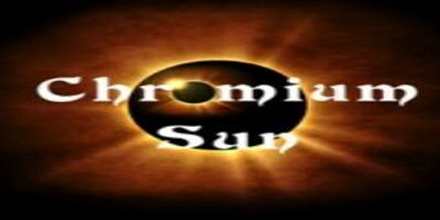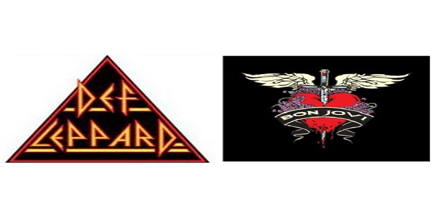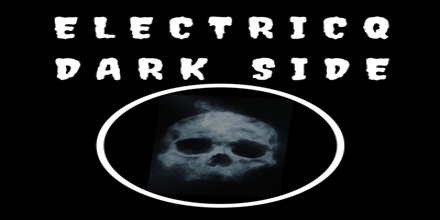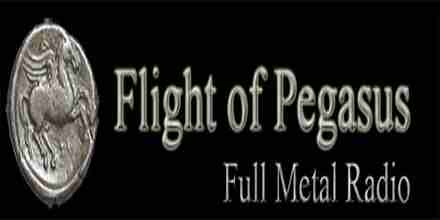Metal is a genre of rock music that developed in the late 1960s and early 1970s, largely originating from the United Kingdom and the United States. Characterized by thick, massive sounds and often featuring loud distorted guitars, emphatic rhythms, dense bass-and-drum sound, and vigorous vocals, metal subgenres vary widely in terms of tempo, instrumentation, and vocal style. The genre emerged partially in reaction to various trends in rock music during that period.
The origins of metal can be traced back to bands like Blue Cheer, Led Zeppelin, Black Sabbath, and Deep Purple, who incorporated elements of blues rock and psychedelic rock into a heavier sound. Black Sabbath's self-titled debut album in 1970 is often cited as the foundational work for heavy metal, with its dark themes and ominous musical style setting the template for future bands. The band's use of tritone intervals, known as the "devil's interval," added to the genre's mystique and rebellious spirit.
Throughout the 1970s, metal continued to evolve with bands like Judas Priest, who introduced twin lead guitars and a more aggressive vocal style, and Motörhead, which combined elements of punk rock with heavy metal. The New Wave of British Heavy Metal (NWOBHM) in the late 1970s and early 1980s brought forth bands like Iron Maiden, Def Leppard, and Venom, who further refined the genre's sound and stage presence.
The 1980s saw the rise of thrash metal, spearheaded by bands like Metallica, Slayer, Megadeth, and Anthrax. Thrash metal is known for its fast tempo, complex guitar riffs, and socially conscious lyrics. This subgenre laid the groundwork for extreme metal, which includes death metal and black metal. Death metal, pioneered by bands like Death and Cannibal Corpse, features growling vocals, blast beats, and highly technical instrumentation. Black metal, exemplified by bands like Mayhem and Burzum, is characterized by its raw production, shrieking vocals, and often controversial themes.
Power metal emerged in the late 1980s and early 1990s, with bands like Helloween and Blind Guardian focusing on epic, fantasy-themed lyrics and melodic guitar work. Doom metal, another subgenre, is known for its slow tempos and melancholic atmosphere, with bands like Black Sabbath (in their later years) and Candlemass being prominent examples.
The 1990s brought the rise of alternative metal and nu-metal, which blended elements of heavy metal with other genres like grunge, punk, and hip-hop. Bands like Korn, Limp Bizkit, and Slipknot became popular during this period, featuring down-tuned guitars, rapping vocals, and a more aggressive sound.
In the 2000s and beyond, metal continued to diversify with subgenres like folk metal, symphonic metal, and djent. Folk metal incorporates traditional folk music elements from various cultures, while symphonic metal integrates classical orchestral arrangements into its sound. Djent, characterized by its distinctive palm-muted guitar riffs and polyrhythms, has gained a significant following with bands like Meshuggah and Tesseract.
Metal's influence extends beyond music to fashion, art, and even philosophy. The genre's dark themes, rebellious spirit, and technical prowess have inspired countless artists and musicians worldwide. Metal festivals like Wacken Open Air in Germany and Download Festival in the UK attract hundreds of thousands of fans annually, showcasing the genre's enduring popularity and cultural impact.
From its humble beginnings to its current global reach, metal has proven to be a resilient and adaptable genre, continually evolving while staying true to its core values of intensity, creativity, and authenticity. Whether it's the thunderous riffs of classic heavy metal or the intricate compositions of modern progressive metal, the genre continues to captivate listeners with its raw power and emotional depth.
 3.4k
3.4k
 4
Russia, Moscow Metal 128 kbps MP3
4
Russia, Moscow Metal 128 kbps MP3 Denmark Metal
Denmark Metal 011FM House of Hair011FM House of Hair
011FM House of Hair011FM House of Hair 1.1k
United States Metal
1.1k
United States Metal





































